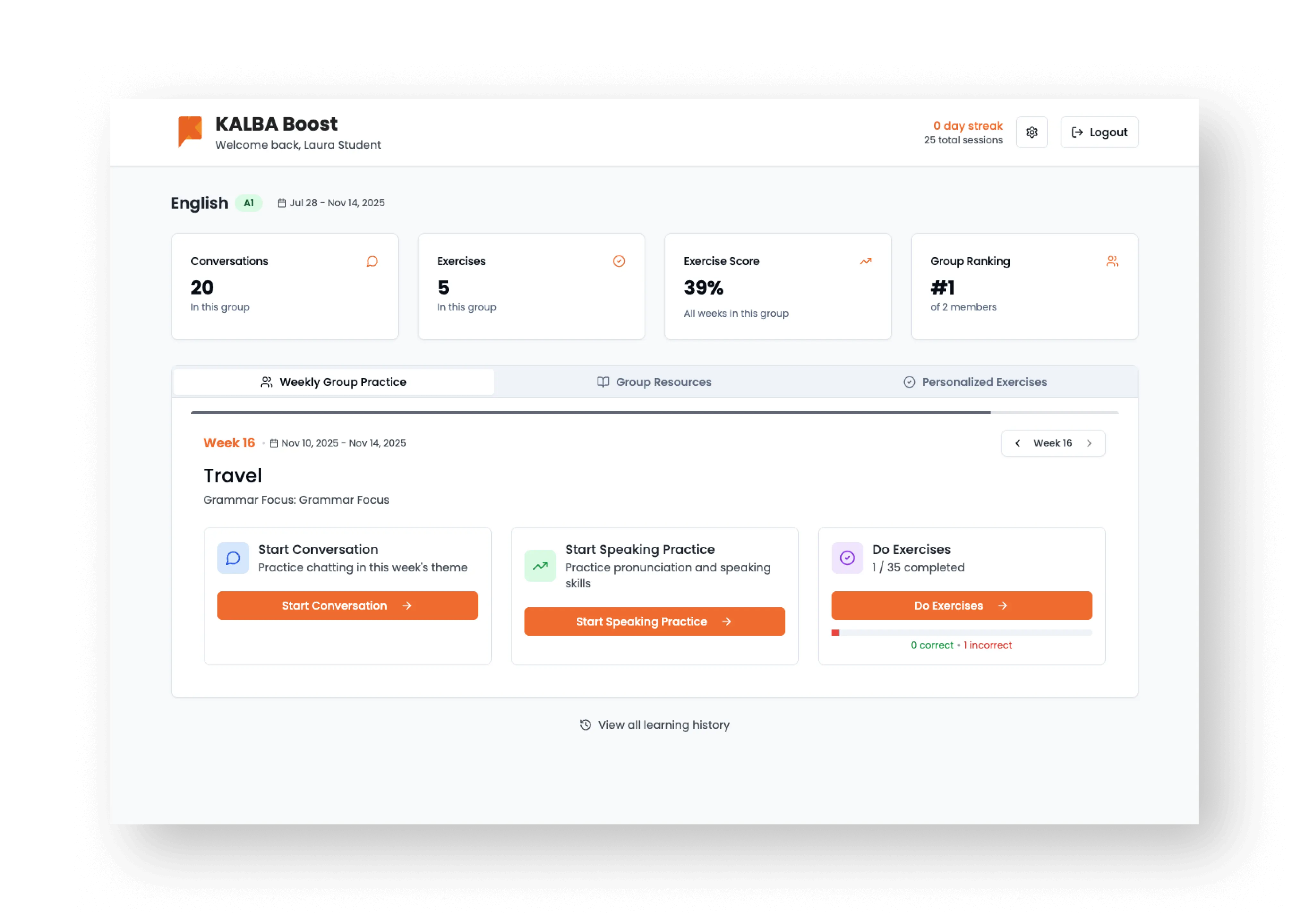UI-UX Design - Our Product Design Process
Crafting Seamless Digital Experiences: Customized UI/UX Design for Your Business Success
Trusted by companies that demand real results:




.svg)











.svg)



.png)
.png)




.png)
.svg)



Our services
User and Market Research and Analysis

Analysis of Project Material and User Research
Research project field, understand user needs, and motivations using various techniques such as market trends research, workshops, interviews, and observation.
.svg)
Competitor Analysis
Evaluating and understanding your competitors’ digital products to identify their strengths and weaknesses, to help inform and improve project’s design strategy.
.svg)
Workshop and Problem Definition
Clearly articulate user problems, pin down project objectives, and strategically align them with business goals. Identify key user groups to create representative personas, understand user segments, and map out their different goals and motivations.
%20(1).webp)
UX/UI Design

Ideation
Improve your organization’s efficiency with custom tools designed by product designers to support your unique operational needs and processes.
.svg)
High-to-Low Fidelity
Begin with rough sketches to capture product ideas, then wireframes, and finally high-fidelity designs that mimic the final product, including interactive prototypes for user testing as needed.
.svg)
Design System That Best Fits Your Brand
Ensure that every element used in the design, from colour to typography, serves a purpose and improves the user experience.
.webp)
Iterate and Define
.svg)
User Testing
Assess usability to evaluate how intuitive and easy-to-use the design is, relying on real user interactions. Using the prototype the client can conduct user research with their target users from which feedback is used to inform design changes.
.svg)
Incorporate Feedback
Evaluate constructive criticism, test results, and incorporate improvements into the design for a smooth user experience.
.svg)
Prepare Project for Development
Implement AI to intelligently automate routine tasks, allowing We create a design specification detailing interactions, transitions, and behaviours, and verify that deliverables such as assets and style guides are clear. We conduct a thorough handoff meeting with the development team to clarify all design decisions.you to focus on strategic business growth.
%20(1).avif)
About Idea Link
We're an agency with proven expertise in emerging technology.
.svg)
We believe in the power of leveraging the newest skills in the market.

We're experts in Large Language Models (like GPT4 & chatGPT), No-Code and Low-Code tools for software development.

We've served more than 30 clients all around the world - from startups to enterprises alike.

We're an AI automation agency that combines a plethora of existing tools to provide a reliable solution to your business.

We focus on a deep understanding of your business and only then provide you with a solution.
The Team Behind Idea Link

Rokas Jurkėnas
Founder

Miglė Žilakauskaitė
Project Manager

Ieva Ratytė
Product Designer

Martynas Jurkėnas
Lead Developer
20+
Team members
100%
In-house
100+
Digital & AI projects
Contact us
Fill out the contact form & schedule a free discovery call
Thank you! Your submission has been received!
Oops! Something went wrong while submitting the form.

Paulius Medekšas
Business Development Manager
Complete the form and we will provide you with a price and time estimate for development after the call free of charge.
UI/UX Product Design FAQs
What is the difference between UI and UX design?
What is your design process?
How much involvement will I need during the project?
Can you incorporate my existing brand identity into the UI/UX design?
What tools/software do you use in your UI/UX design process?
How do you handle feedback and iteration in the design process?
How do you guarantee that your designs are user friendly and aligned with my business goals?
How do you prepare my design for development handoff?
Do you provide ongoing design support after development?
What is the cost and timeline for a typical UI/UX design project?
Do you have experience designing for mobile, tablet, and desktop, and what approach do you take for each?
Do you work with startups or only with enterprise companies?










.png)






%20(1).png)


.png)









